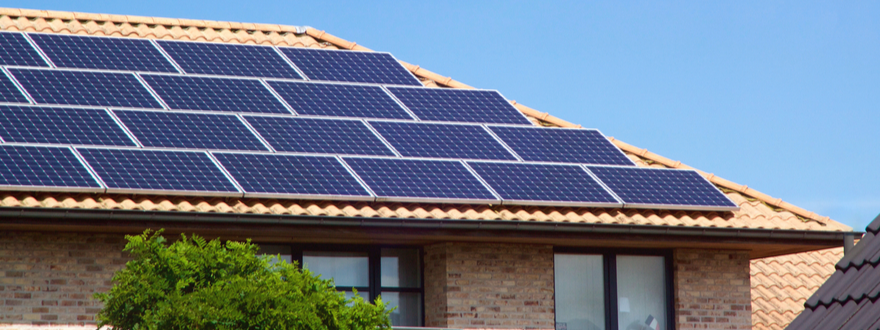[printfriendly]
Financing solar power is usually just an afterthought because nearly every major solar contractor offers loans to install panels. What they may not tell you is that you’re likely to be paying a high interest rate that may increase over the life of the loan. And you’re almost for sure paying a $1,500 fee because that’s what they’re paying their lender for signing off on the loan.
Or if you go with one of the “zero down” installers, you may discover that they own the panels on your roof and you buy power from them. If the 30% tax credit is a factor in your decision to go solar, you should know that the installers get that incentive, not the homeowner.
If the tax incentive is important, you have choices on financing. “Always negotiate for a cash price,” said Annie Vanek-Dasovich, gulf coast regional manager for the not-for-profit Solar and Energy Loan Fund or SELF. If you have good credit and equity in your home, you can probably get a better interest rate with a second mortgage or an equity line of credit on your home. People over the age of 59.5 can withdraw money from retirement accounts – solar power compares favorably with most investments in terms of pay-back.
Alternative Financing Sources
If you don’t have good credit or can’t access your retirement account, you still have options.
The best known may be PACE – property accessed clean energy programs – offered through state and local governments. Rather than qualifying for a loan, PACE borrowers promise to pay a special assessment on their property taxes for improvements that promote clean energy. Along with solar power, they can cover many of the other items noted in the first article in this series such as new roofs, air-conditioning units or insulation.
The problem with PACE loans is that some providers don’t fully disclose all the issues involved. Eligibility is based primarily on the value of the property with income and credit history considerations mainly limited to mortgage and property tax payments. They don’t take a full credit history or ability to repay the loan into account unless the borrower has filed for bankruptcy.
And since most PACE loans are provided through private companies that charge an administrative fee of 5%, they have a clear incentive to disclose only the details that are required by law. The worst-case scenario (which has happened) is that homeowners borrow more money than they can afford to repay, and they lose their home to foreclosure.
Selling a home with a PACE loan also can be problematic. The loan belongs to the house, not the borrower, so some sellers – or their lenders – may balk at the increased tax assessment or require the borrower to pay it off completely when the sale is finalized. Government loan programs administered through the Federal Housing Administration (FHA) will not accept mortgages with PACE liens.
SELF Provides Loans Without Focusing on Credit Scores
In Tampa Bay, residents have a second option through SELF, a not-for-profit organization funded in part by the city of St. Petersburg and Hillsborough County. Rather than focus on credit histories, they look at how homeowners can repay the loan.
“We focus on sustainable loans – which means a loan that homeowners can repay without tying up every dollar of their discretionary funds,” said Vanek-Dasovich. “We don’t base our decision on credit scores, but we do pull a credit history to make sure they didn’t get a charge-off last week or a bankruptcy two works ago.”
Even so, SELF will work with clients in bankruptcy with court approval. “We try to be as flexible as we can,” she said. “If we can loan money to them, they’ll end up with a better credit score, which can change their lives in terms of getting a better job, lower automobile insurance rates and a better rate on their credit card.”
SELF also works with pre-approved contractors to ensure that homeowners get the improvements they need – without investing in expensive installations that may or may not make a significant difference.
It’s a win for everyone involved, she said. “We help save the planet by lowering greenhouse gases, we make financing affordable so the people who need solar power most can afford it, and we provide contractors who employ thousands of people with pre-approved customers.”
[su_divider]

